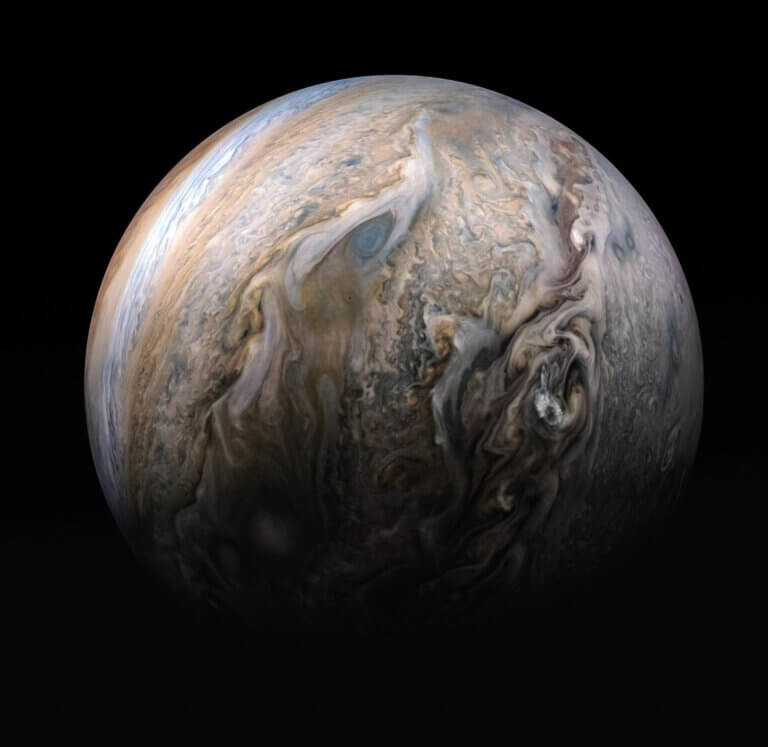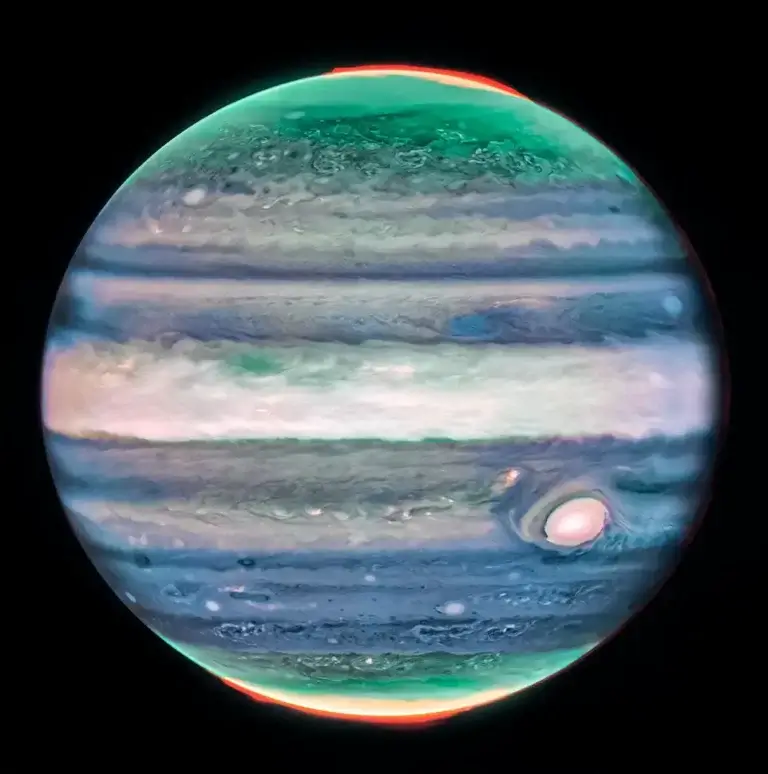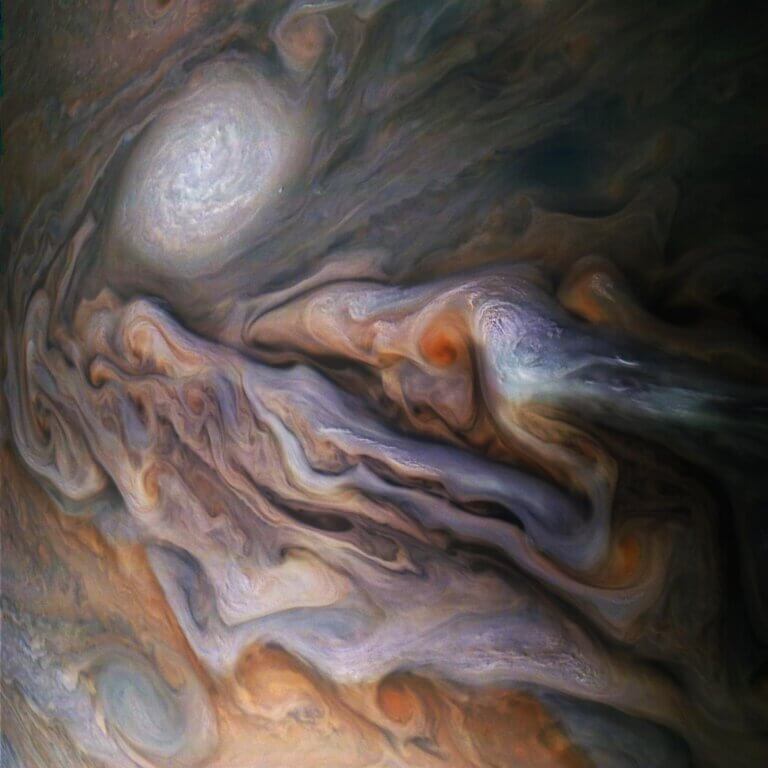Hayadan > Jupiter's atmosphere
Jupiter's atmosphere
- Avi Blizovsky
- February 19, 2024
- One response
For the first time, NASA activated a tool designed to discover planets many light years away on an object in the solar system, in a study of the winds of Jupiter
- Avi Blizovsky
- November 5, 2023
- One response
The James Webb Space Telescope discovered a previously unseen jet stream in Jupiter's atmosphere. Similar phenomena have been observed in Saturn, and both may be related to temperature variations in the atmospheres of the gas giants
- Avi Blizovsky
- June 22, 2022
- 4 תגובות
An international team of astronomers found that the gaseous mantle of Jupiter does not have a homogeneous distribution. The inner part has more metals than the outer parts, and they amount to 11 to 30 Earth masses and constitute 3-9% of the total mass of Jupiter. It is likely that these are Jupiter's planets and moons. Bela" at the time of its formation



